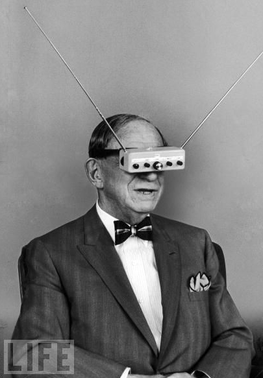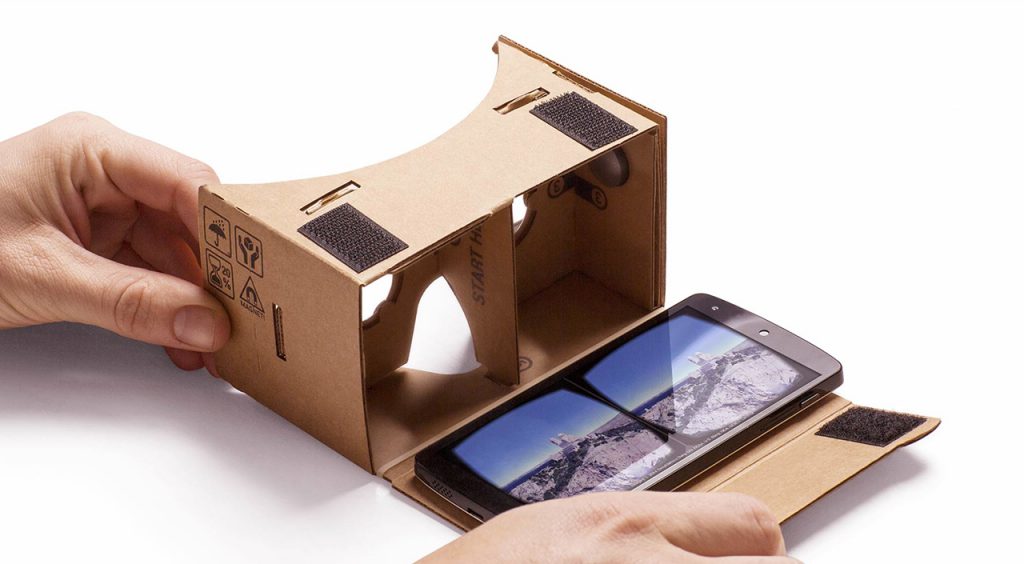Last Updated on February 21, 2022 by Mostafa
Virtual Reality (VR) is defined as a 3D interactive environment designed by computer programs and it is linked to virtual reality glasses. The VR surrounds the user and transports him into a virtual world that seems real.
Table of Contents
Try 3D Virtual Labs Now
VR may be a fantasy or an embodiment of the real world, and we can deal with this VR through the interactions between the virtual environment and the user’s senses and responses.
The technique of VR is divided into two different forms:
The first is through the use of self-operated glasses without using the smartphone, and the other form is the glasses that need a smartphone to work, which is the most widespread form today.
The emergence of virtual reality:
In 1936, Gernsback designed, TV goggles, or Tele iGlass, a pocket-sized portable battery-operated TV with a separate screen for each eye; much like the 3D virtual reality glasses now. At that time, the device presented an experiment described by ‘Life’ Magazine as “one of the new Mars experiments.” Those glasses, weighing just 140 grams (less than a third of a pound), contained small tubes of cathode rays and a pair of antennas (such as those found on the surface of old traditional television sets) protruding from its upper surface.

Despite the simplicity of this invention compared with the VR techniques at the present, it was a wonderful invention in the thirties and has been considered to be the basis of today’s virtual reality technology.
Virtual reality at the present
The HTC Vive glasses now allow access to the virtual world without the need to connect directly to platforms, making it easy to move. It is also equipped with a battery that operates for 90 minutes continuously.
Oculus also designed the “Oculus Rift,” a high-resolution and wide-angle device. The device contains a group of sensors and lights and operates through the computer on the Microsoft system.
As an attempt by Google to provide virtual reality glasses at discounted prices, they designed Google Cardboard, which is manufactured from the cardboard and is not considered a sophisticated device. It works with both Android or iOS devices, provided that the screen is less than 6 inches.

The interest in virtual reality technologies is increasing and the rate of its development is increasing significantly as well. This will obviously make it more widely available in the future.
Google Trends
Through Google Trends, we can deduce the level of online interest in the term ‘virtual reality’ in previous years.

The graph shows that the interest in the term ‘virtual labs’ reached its highest level in December of 2016.
According to the Gartner Institute, virtual reality has surpassed the peak of inflated expectations. The previous chart indicates that virtual reality technology is approaching the rise of the “enlightenment curve,” or general acceptance, and it will go towards a Plateau of productivity, since the previous curve reflects the path of all or most of the emerging techniques from the launch of the idea to its actual presence in the hands of users.
The future of virtual reality
Games and entertainment are the most common uses of VR technology, while there are aspirations that it can be used in more professional areas such as healthcare, architecture, product design, manufacturing, retailing, transportation, logistics, exploration, military, and education.
Virtual labs are one of the most important ways in which VR is used in the field of E-learning. You can know more about virtual lab technology and its advantages in the field of education by clicking here.
Get Started Praxilabs For FREE
 PraxiLabs A virtual world of science
PraxiLabs A virtual world of science
